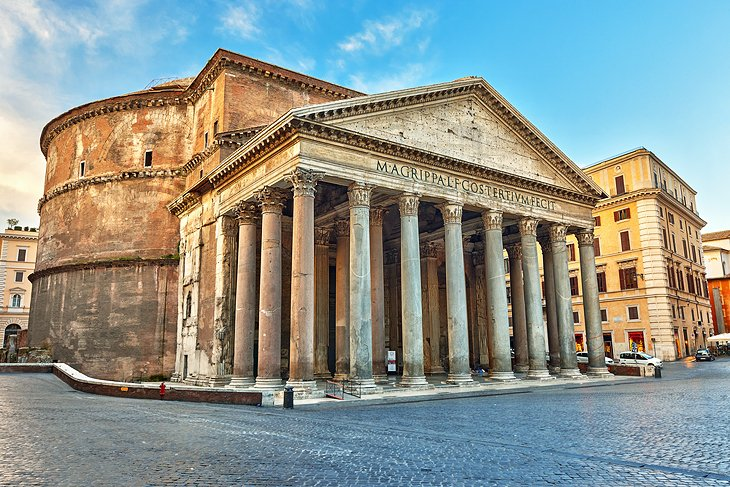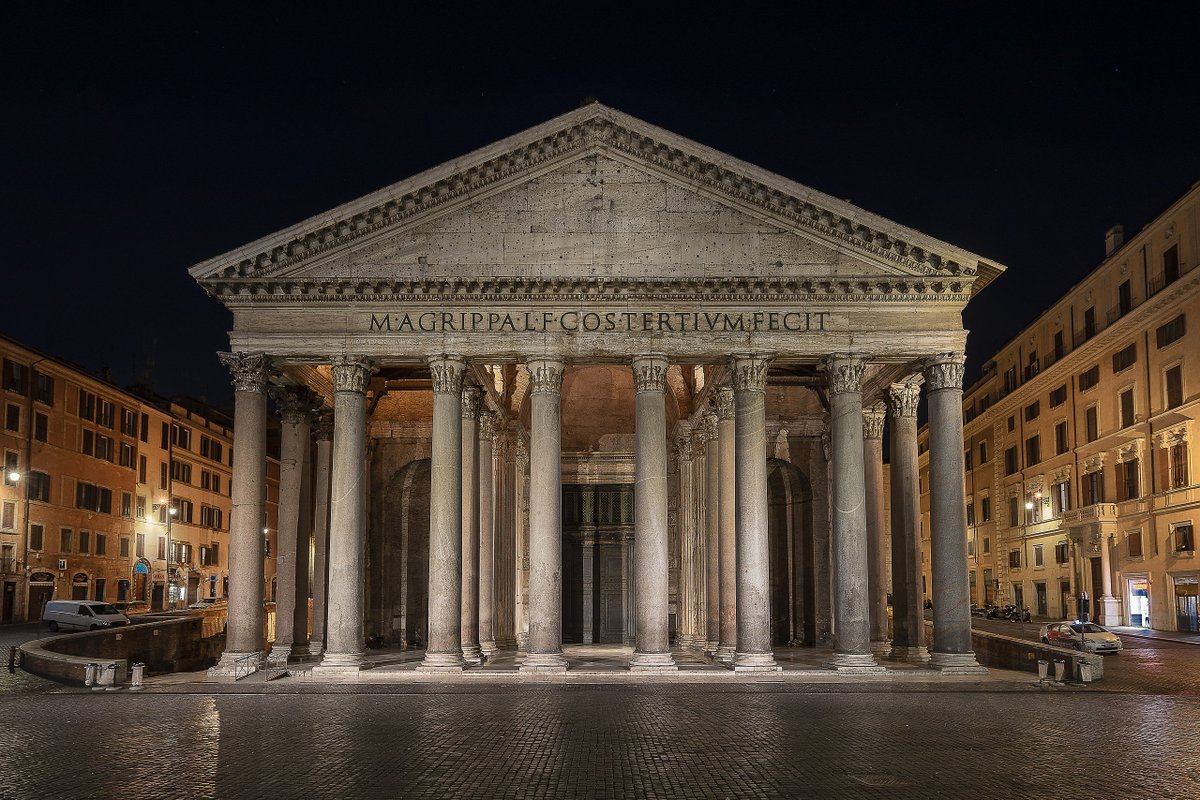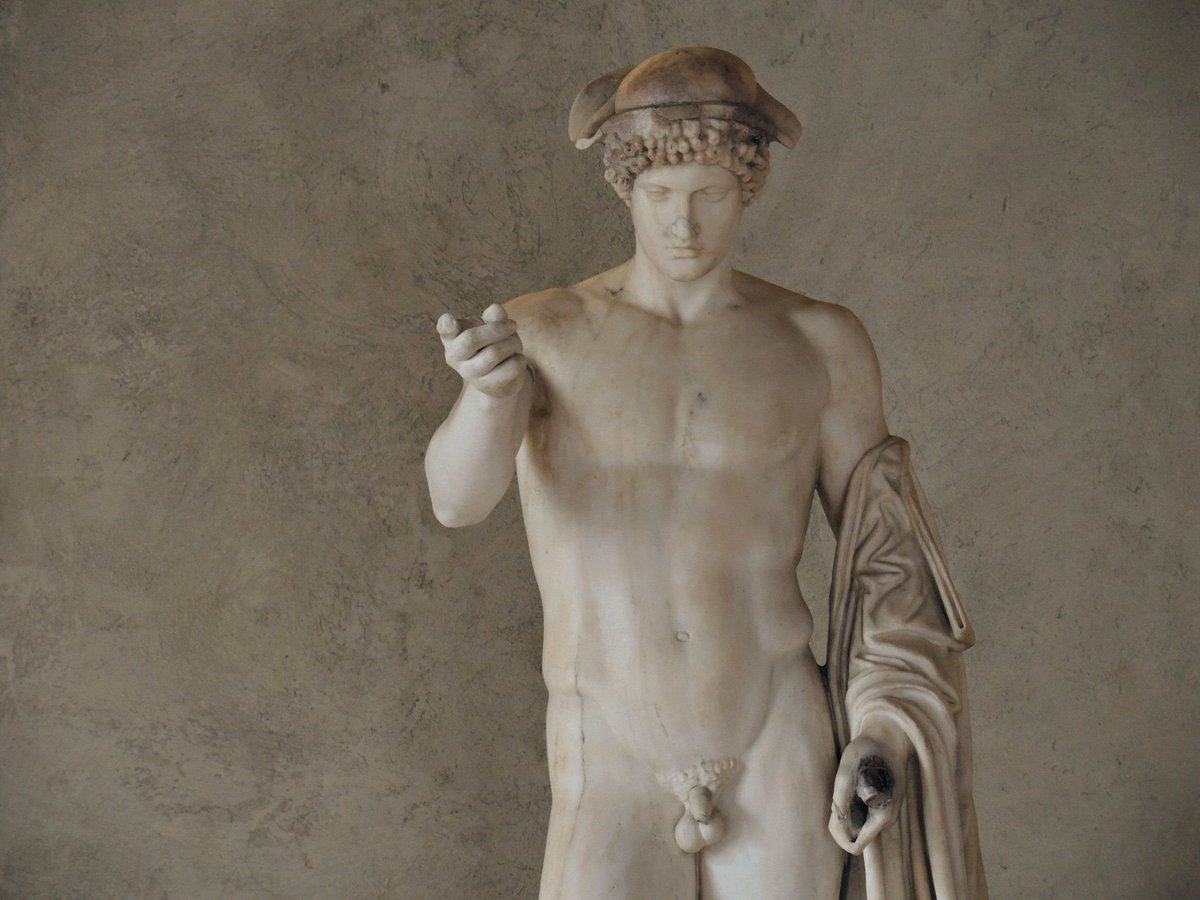
#RomanSiteSaturday - The Theatre of Marcellus 🏛️🎭
(1/6) Known to the Romans as the Theatrum Marcelli, this stunning ancient open-air theatre sits in the heart of Rome and once had a capacity of up to 20,000 spectators!
#Classics #Rome #Archaeology #Roman #History
(1/6) Known to the Romans as the Theatrum Marcelli, this stunning ancient open-air theatre sits in the heart of Rome and once had a capacity of up to 20,000 spectators!
#Classics #Rome #Archaeology #Roman #History

(2/6) Construction began in the closing years of the Roman Republic. Julius Caesar ordered space to be cleared for it, but was murdered before its completion. By 17 BCE, construction was advanced enough that it could host the secular games, and by 13 BCE it was finished. 



(3/6) The theatre was dedicated to Marcus Claudius Marcellus, the nephew and presumptive heir of the emperor Augustus. Marcellus died in 23 BCE aged 19, leaving the emperor devastated and almost shattering the illusion of a restored republic. 



(4/6) Architecturally the building is unique. It is the earliest structure in Rome to use fired Roman brick, which the Romans learnt from the Greek world. Made of tuff and concrete, the bricks are built in the opus reticulatum (reticulated work) pattern and covered in travertine. 



(5/6) By the 4th century CE, the theatre fell out of use, and was used as a quarry. In the 12th century, it was fortified by the Pierleone family and later passed to the Orsini's in the 16th century. Several additions were made including the apartments still seen today. 



(6/6) Today, the Theatre of Marcellus remains a significant tourist attraction, not least because of its unique blend of ancient and medieval architecture. It has influenced architects throughout history, including Christopher Wren's design for the Sheldonian Theatre in #Oxford. 

For more information on this incredible site, see 'Rome: An Oxford Archaeological Guide' by A. Claridge.
#Classics #ClassicsTwitter #Rome #AncientRome #Archaeology #TheatreofMarcellus #RomanArchaeology #Architecture #Oxford
#Classics #ClassicsTwitter #Rome #AncientRome #Archaeology #TheatreofMarcellus #RomanArchaeology #Architecture #Oxford
@threadreaderapp unroll please!
• • •
Missing some Tweet in this thread? You can try to
force a refresh





























